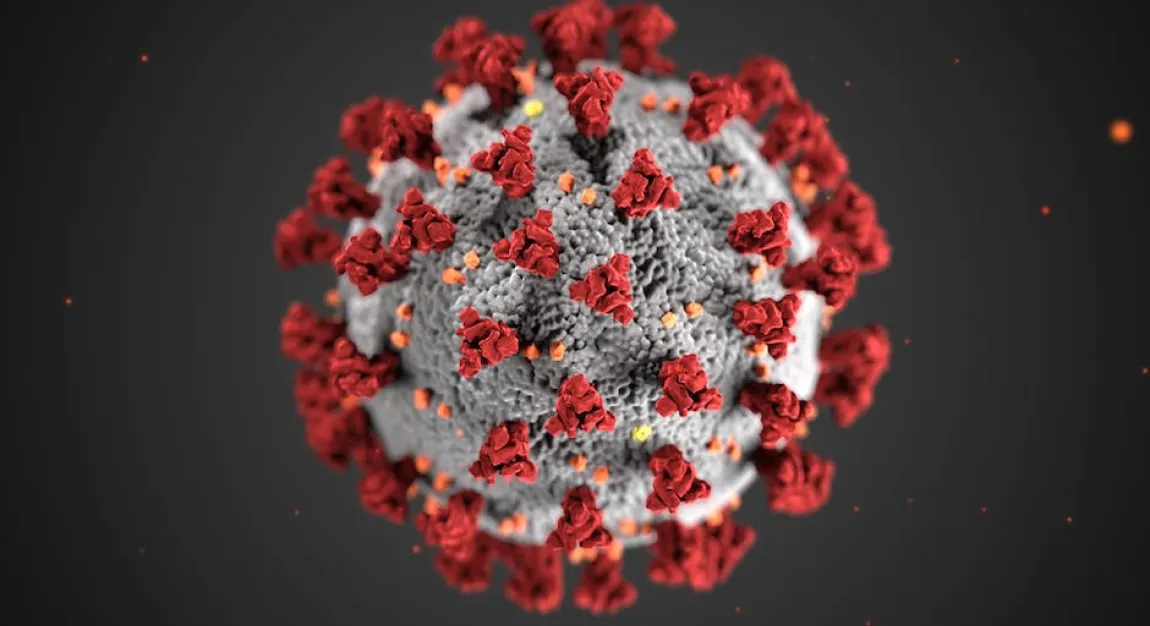- The end of the COVID-19 public health emergency impacts changes that were made to streamline care delivery.
- These changes affect telehealth, disaster response, and some health and safety requirements.
- Learn what changes become permanent, extended, or ceased.

The Department of Health and Human Services is ending the federal Public Health Emergency for COVID-19 today, May 11, 2023. This expiration will trigger changes for various aspects of health care delivery that were temporarily allowed during the COVID-19 PHE based on the emergency declarations, legislative actions by Congress and regulatory actions, such as those from the Centers for Medicare and Medicaid Services. Health care providers received flexibility to streamline care delivery and expand access during the PHE. While some changes will be permanent or extended due to Congressional action, some waivers and flexibilities will cease.
Telehealth in Medicare
During the PHE, individuals with Medicare had broad access to telehealth services, including in their homes, without the geographic or location limits that usually apply. Thanks to advocacy by STS and the physician community, Congress extended many telehealth flexibilities through December 31, 2024, in the Consolidated Appropriations Act, 2023, such as:
-
People with Medicare can access telehealth services in any geographic area in the United States, rather than only those in rural areas.
-
People with Medicare can stay in their homes for telehealth visits, rather than traveling to a health care facility.
-
Certain telehealth visits can be delivered audio-only if someone is unable to use both audio and video.
Medicare Advantage plans may offer additional telehealth benefits.
Telehealth for Private Health Insurance
Coverage for telehealth and other remote care services will continue to vary by private insurance plan after May 11. When covered, private insurance may impose cost-sharing, prior authorization or other forms of medical management on telehealth and other remote care services.
Standard Blanket Waivers for Disaster Responses
Blanket waivers generally apply to all entities in a provider category (e.g., all hospitals). These waivers have been made available temporarily to several categories of providers and will expire at the end of the PHE. CMS typically issues a standard group of “blanket waivers” in response to emergencies or natural disasters. These include:
-
Waivers of the requirement for three-day prior inpatient hospitalization for Medicare coverage of a skilled nursing facility stay;
-
Waivers of the requirements that Critical Access Hospitals (CAHs) limit the number of inpatient beds to 25 and general limitations on CAH lengths of stay to no longer than 96 hours on average
-
Waivers to allow acute care patients to be housed in other facilities, such as ambulatory surgery centers, inpatient rehabilitation hospitals, hotels, and dormitories;
-
Other waivers that were intended to temporarily expand health care capacity when needed and generally cannot be made permanent without a legislative change.
Additional information about blanket waivers made available during the COVID-19 PHE is available at cms.gov/coronavirus-waivers.
Virtual Supervision
To allow more people to receive care during the PHE, CMS temporarily changed the definition of “direct supervision”, making supervising healthcare professionals immediately available virtually using real-time audio/video technology instead of requiring their physical presence. This flexibility has been extended beyond the PHE to December 31, 2023. CMS also clarified that the temporary exception also allows for the provision of telehealth services by clinical staff “incident to” the professional services of physicians and other practitioners. CMS may have different requirements for variations in staff or circumstances.
Health and Safety Requirements
Many emergency waivers related to health and safety requirements will expire at the end of the PHE. For example, during the PHE, the time frame to complete a medical record at discharge was extended because the large volume of patients being treated would result in the clinician being away from direct patient care for extended periods. After May 11, i a patient’s medical records must be completed at discharge once again to ensure there are no gaps in the patient’s continuity of care.
